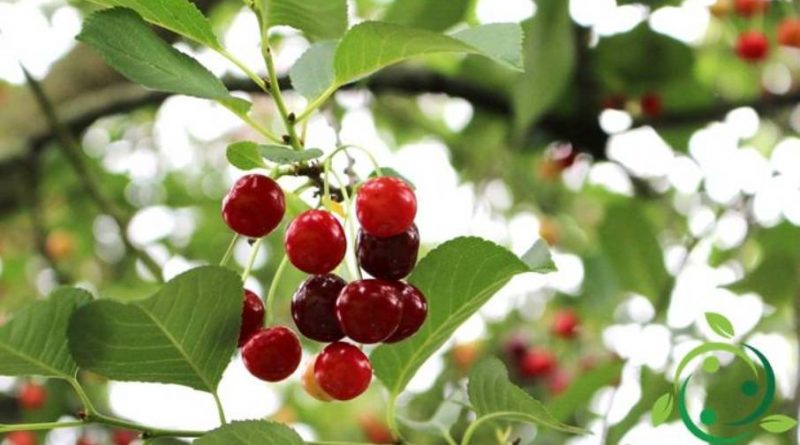How to grow the sour cherry in a biological way
How to grow the sour cherry in a biological way
The sour cherry, or sour cherry, or more precisely, the sour cherry (Prunus cerasus L., 1753), is a fruit tree belonging to the family Rosaceae is a plant from which to collect the famous black cherries, so important for the production of syrups , jams but also consumed fresh. We see in this practical guide how to grow the sour cherry in a biological way.
There are different varieties that stand out for both color and size but the most interesting thing is that the cherry can be grown with a few tricks and abundant fruiting. The sour cherry plant should be made from seedlings in clod during the period from January until the end of spring.
In the plant you have to choose very well drained soils, while if you have to plant a few seedlings should be dug a deep hole in which to place gravel, sand, soil and mature manure. Especially for the first two years a guardian should be placed at the plant, which will allow a good growth. The first production will start from the month of May of the second year of age and then increase regularly every year. The first pruning should be done starting from the fourth-fifth year of age, these are done after harvest to ventilate the plant internally and to remove the dry or damaged parts.
The plant of the black cherries is a very rustic plant that grows even in a spontaneous state, due to the need for a little care, limited pruning, knowing that the sour cherry blossoms and bears fruit on the famous bunches of May, that is young apical twigs. It is a plant that must be placed in a sunny area, resistant to low temperatures, resistant to drought and better adapts, compared to the sweet cherry, at high temperatures so much so that especially in the south can also be grown at sea level. However, if you want more abundant and constant productions, it is advisable to fertilize the plant in late summer with mature manure, after a weeding and burying of the fertilizer. Important is not to make synthetic nitrates. Irrigation, above all from the setting onwards, is also recommended on the condition that it does not exceed the contributions and does not create any stagnation. The ideal is a good drip irrigation.
As for the adversities and diseases are identical to those of the sweet cherry to which we refer. The sour cherry, however, is a more rustic plant and therefore if it has not been too softened with excessive fertilization and irrigation has greater resistance to all the adversities that affect the cherry trees.
The harvest of the black cherries must be carried out fully matured starting from the month of June, according to the varieties. Please note that they do not have a good shelf life and therefore, after harvesting, they are soon consumed or turned into syrups or jams.
Even the peduncles of the fruits (as for the cherries) have numerous phytotherapeutic properties and can be dried in the shade, in dry and airy places and then subsequently stored in jars away from light.

